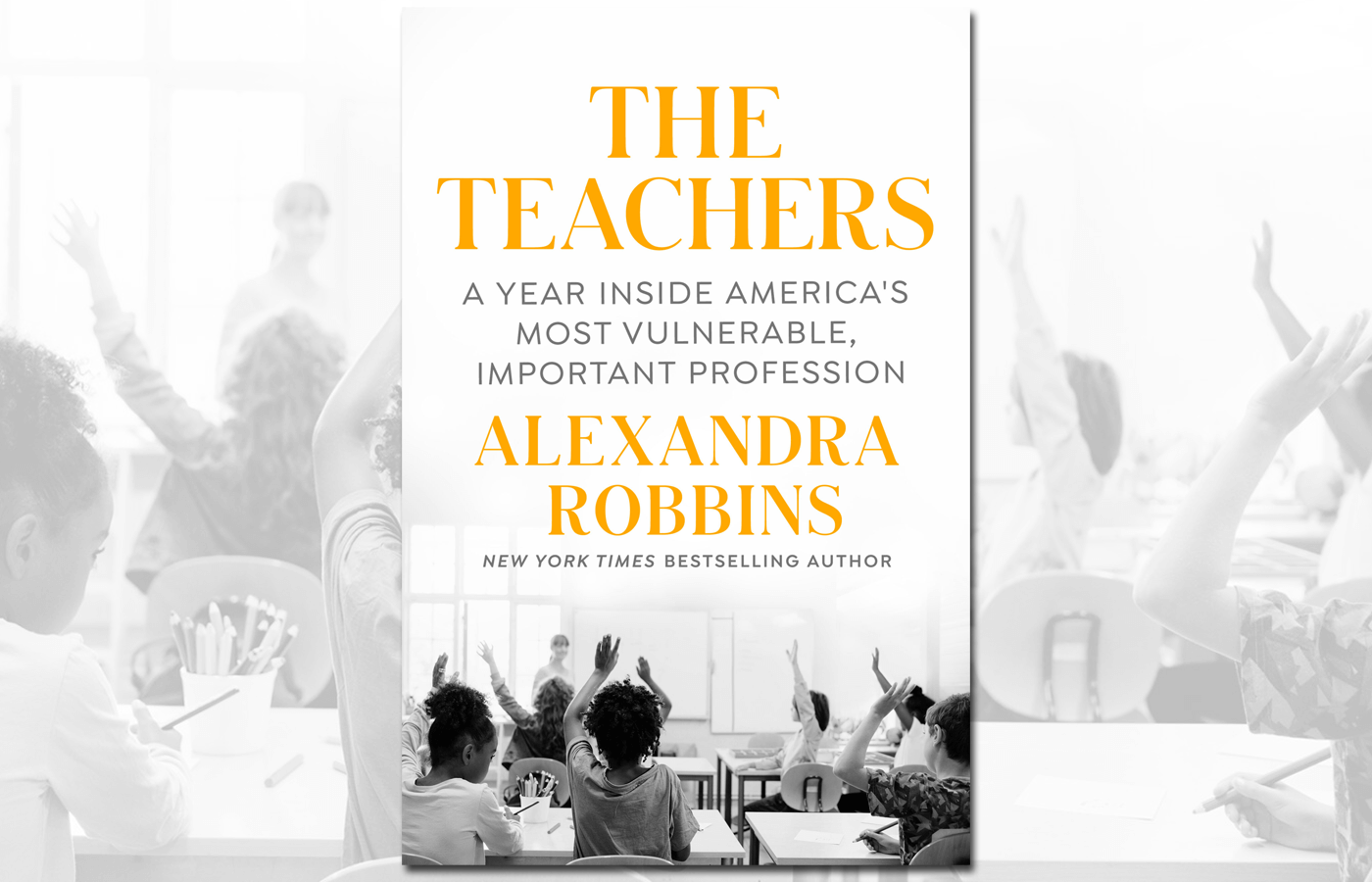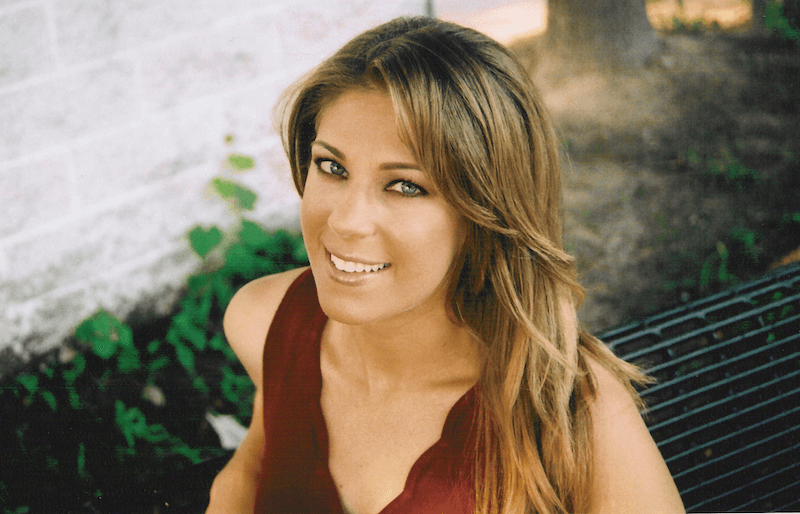
The Teachers: A Year Inside America’s Most Vulnerable, Important Profession
by Alexandra Robbins
Dutton, 2023, $29; 384 pages.
As reviewed by Daniel Buck
Almost every American has gone to school, so teaching is a familiar profession. But attending school gives us as much insight into the job of teaching as riding in an airplane tells us about piloting.
In The Teachers, investigative reporter Alexandra Robbins attempts to demystify the profession by following the lives of three teachers over the course of a year. As a teacher myself, I found moments in the book humorously accurate. However, as Robbins moves from discussing the day-to-day teaching experience into larger political debates, her book becomes heavy on rhetoric and anecdote while lacking in investigative rigor. Her narrow point of view is shared by many decisionmakers in American education, and it influences policy in ways that waste taxpayer money and hamper student learning.
First, the positives: A few of the book’s themes ring particularly true. For example, perhaps the most stressful aspect of a teacher’s job is classroom management. For at least a decade, the trend in school discipline has been toward leniency, which has made behavior ever worse and classroom management harder. Robbins writes that, in one of her focal teacher’s schools, “disciplinary issues were on the rise because the principal didn’t hold people accountable for them.” One teacher lamented that many faddish disciplinary approaches that seemed humane, such as “trauma-informed pedagogy,” often amount to little more than zero consequences for poor behavior.

A handful of other examples stand out: the incompetent district trainer who provides no real training but instead merely hands a teacher a list of web links and then smiles, blinking in confusion at the teacher’s disappointment; students getting up to sharpen a pencil or blow their nose in a brilliant display of work avoidance; the student who has selective mutism, though no one has informed the teacher of it.
But that ends my list of the book’s merits. The discussion of pandemic policies is perhaps the most galling example of Robbins’s unwillingness to engage seriously in complex education debates. She complains that “as school systems in many areas of the country” remained closed for in-person instruction, “sentiment toward teachers nose-dived among certain vehemently one-track-minded parents.” Meanwhile, Betsy DeVos and other politicians evinced a “clear indifference to people’s lives.”
In Robbins’s telling, advocates of returning to in-person learning sooner rather than later were motivated solely by indifference and bad faith—not by a concern for student learning, or for students’ mental well-being, or for the strain placed on working parents, or by the evidence early on that schools weren’t super-spreader sites. Robbins sticks by her analysis even as it becomes clear that school closures obliterated two decades of learning gains and worsened a downward trend in adolescent mental health.
Moving on to other political debates, Robbins peddles caricatures of dissatisfied parents and conservative critiques.
Consider her analysis of the “parents’ rights” movement. She laments that “parents’ mistreatment of teachers has accompanied an increasingly pronounced ‘us-versus-them’ mentality.” A few pages later, though, she asserts that the mass connectivity enabled by social media has turned parents into “monsters indeed.” Rather than investigating why parents have grown antagonistic and trust in public education has reached historic lows, she villainizes the parents’ movement, reinforcing the us-versus-them mentality.
Regarding Florida’s 2022 law limiting public-school instruction on sexual content—and similar legislation introduced in other states—she writes that the policies “put LGBTQ teachers in a really difficult situation where they’re forced, essentially, to disguise their identity or the status of their relationships in order to fend off running afoul of these bills.” Florida’s Parental Rights in Education Act (dubbed the “Don’t Say Gay” law by detractors) does not limit teachers’ ability to discuss their identity with students. What’s more, when Americans were presented with the real goals of Governor Ron DeSantis’s bill—prohibiting instruction on sexual orientation or gender identity until 4th grade—a majority of them, including 55 percent of Democrats, supported the bill. The popularity of the legislation, and the reasons for it, get nary a consideration from Robbins.
In discussing the critical race theory debate, she defines CRT as an academic framework “which is not taught in K–12 schools.” She sees conservative outrage over CRT as merely a false narrative that “politicians and activists intent on galvanizing parents co-opted.” This story line, she avers, became a stand-in for reactionary activists to oppose “teaching about racism, equity, identity, and oppression.”
Opposing CRT, however, does not necessarily equate to wanting a ban on teaching about the middle passage or American segregation. My students learn the history of Jim Crow; they read Frederick Douglass’s autobiography; we discuss America’s founding sin. Informed opponents of CRT take issue with the ideas of its founding scholars, including Richard Delgado, who said that “critical race theory questions the very foundations of the liberal order, including equality theory, legal reasoning, enlightenment rationalism, and neutral principles of constitutional law.”
Ultimately, what astounds me most about this book is just how frequently Robbins vilifies the very teachers she claims to defend. The three main characters in the book are flawed, certainly, but they are portrayed as caring, dedicated professionals. More often than not, their greatest antagonists are other teachers: incompetent airheads on field trips, gossiping shrews, and lazy do-nothings. At times, the implicit message of the book seems to be that there are a few teachers who still care, and everyone else hates children.
The pandemic created, or at least exposed, real strains in the relationship between parents and teachers. That relationship is now dysfunctional in many ways. This book tries to explain what it’s like to be on the teacher’s side of that equation, and at times it succeeds (even if it portrays many teachers unsympathetically). But, like a marriage counselor who shows empathy for only one party in the dispute, Robbins presents a one-sided take, painting a caricature of conservative parents rather than seeking to understand them.
Many of the parental concerns mischaracterized in this book touch on real, meaningful debates. How should we fund schools? What ought children to learn? Who controls curricula? These are not questions that can be brushed aside, suggesting that anyone who raises them merely opposes education. The Teachers might work better as part of a series that includes The Students, The Parents, and The Taxpayers—all equal stakeholders in public education. On its own, the book tells only part of the story, and if policymakers and the press focus on it at the exclusion of the other actors, they’ll be making a costly mistake.
I love the teaching profession. I love the education sector. I love both the theory and practice of helping children learn. I love the political debates around schools. Unfortunately, if people read this book uncritically, they will walk away with a diminished understanding of the field. Teaching is an honorable profession, and this book does it no honors.
Daniel Buck is a teacher, senior visiting fellow at the Fordham Institute, and author of the book What Is Wrong with Our Schools?
This article appeared in the Summer 2023 issue of Education Next. Suggested citation format:
Buck, D. (2023). A Distorted Lens on the Teaching Profession. Education Next, 23(3), 74-75.


